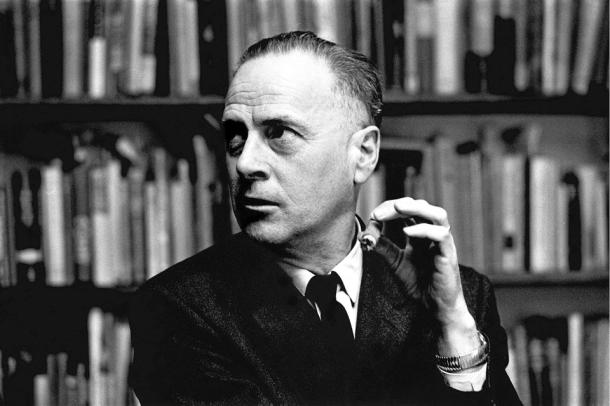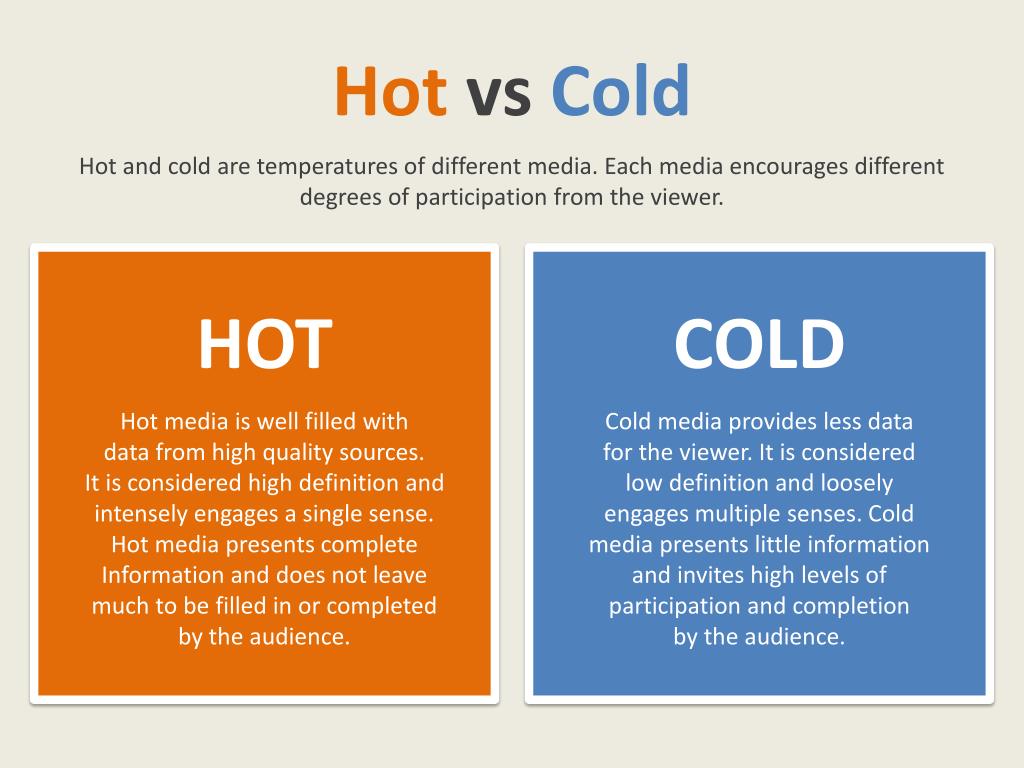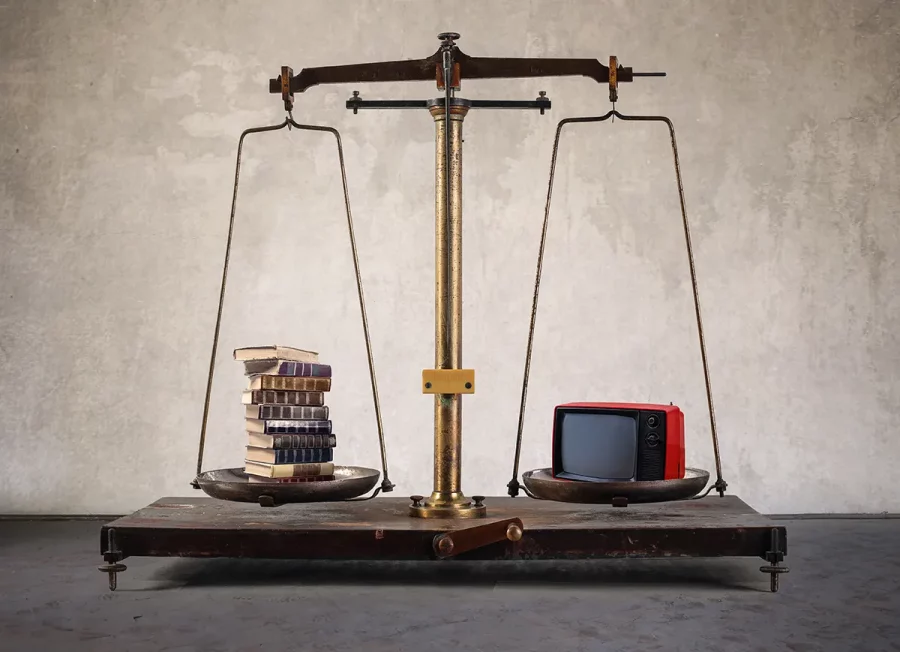Medium theory is the study of mass communication that examines how different types of communication media impact the specific message that they convey.
When media theory was first developing, these theorists were predominantly focused on media technology, and whether specific technologies cause change in a society. However, as the field developed and expanded, the theorists became less concerned with the technology and more concerned with the actual text itself, such as the meaning of the medium in conveying the message.
This shift gave rise to two main groups of thought within the theory. The first category was the вАШformalistsвАЩ who believed the type of media technology was important, while the second group, the вАШculturalistsвАЩ, believed the content itself, and how meaning is made, is the most important.
One of the main influences on the work of the Formalists, was Marshall McLuhan. McLuhan was a Canadian intellectual who created the term вАЬmedium is the messageвАЭ. This is the idea that rather than focusing on the content or the message that the medium is conveying, attention should be directed at the medium itself. He also believed it was the form of media, rather that the content within the media that held the true power in social dynamics and the shaping of power structures and relations.


McLuhan developed two categories in which to classify media. вАЬHotвАЭ media is media that is high resolution and gives the viewer a large amount of information. All the information is layed out for the viewer, and therefore no deeper thought or critical thinking is required, the viewer is simply just required to absorb the information. This type of media is less engaging for the viewer as less scenes are required (normally only reading or listening), and therefore less participation typically takes place. The counter to this is вАЬCoolвАЭ media, which is low resolution, typically more simplistic, and contains less information. Normally more actions are required to engage with this type of media, for example when texting, a participant must read the information, mentally process this information, formulate a response, and then physically type out a response. This type of media is more interactive and engaging, as it requires active participation.
The social media platform twitter is a complicated example. The two groups of media discussed above, exist more as a spectrum than two stand alone groups. On this spectrum, Twitter falls somewhere in the middle, however, does tend to lean more towards the cooler side of media. The type of twitter use determines the temperature, as this platform can be used in various different ways.
Breaking news twitter is quite hot. Some people use twitter just to read the news and be updated on current events. This is hot as all the information is already visible on your screen, and all you must do is read the information. It does not require any deeper thought, or other actions to take place. However, the social side of twitter is fairly cool. Many use twitter as a means of social networking and interaction, in which it is a low resolution, character limited interphase, where individuals communicate thought and carry out conversation.

References:
Communication Theory. (2013). MEDIUM THEORY. [online] Available at: https://www.communicationtheory.org/medium-theory/ [Accessed 7 Nov. 2023].
McLuhan Galaxy. (2020). Audio Technologies: Hot or Cool? [online] Available at: https://mcluhangalaxy.wordpress.com/2020/11/26/audio-technologies-hot-or-cool/#:~:text=It%20takes%20a%20lot%20of [Accessed 7 Nov. 2023].


From the article you can see what is needed for popular and cold media.The value of the medium itself is emphasised through McLuhan’s idea that the medium is the message. Applying these concepts to Twitter, I can see how breaking news is more “hot” and social interactions are the opposite. This article makes the dynamics of communication very clear!
Hi Bailey! I really enjoyed your blog’s exploration of media theory and McLuhan’s insights. To emphasise Twitter’s ‘cool’ media aspect, perhaps screenshots of interactive Twitter threads on various topics would be useful. This would show how the platform’s dynamic and participatory nature aligns with the modern concept of ‘cool’ media.